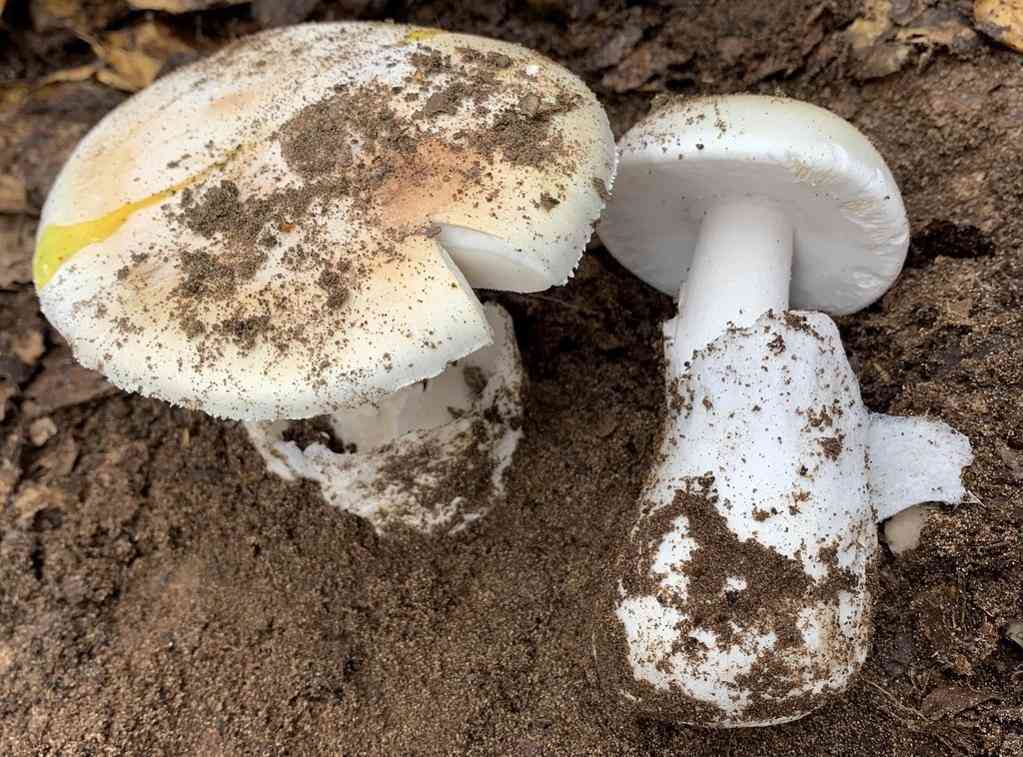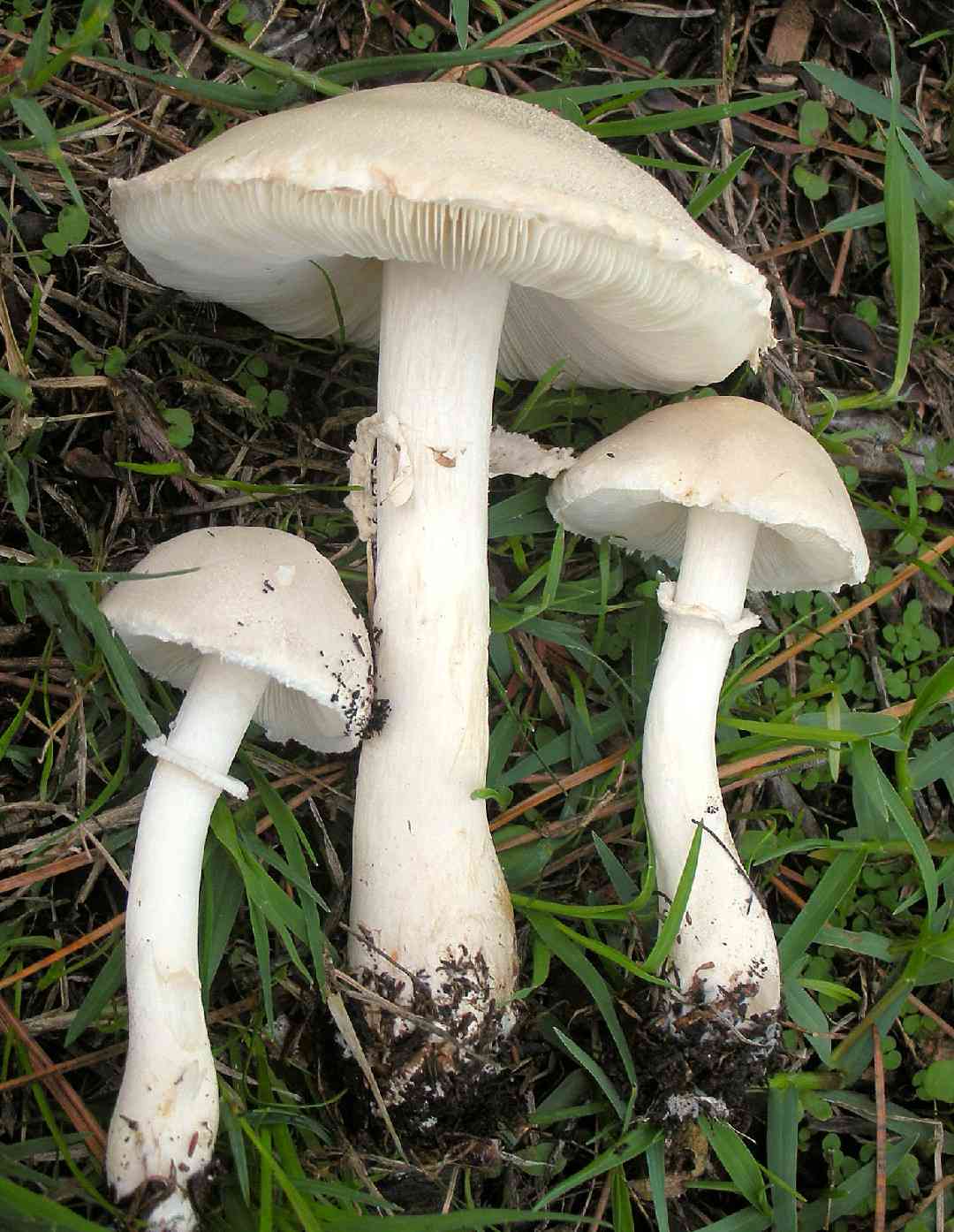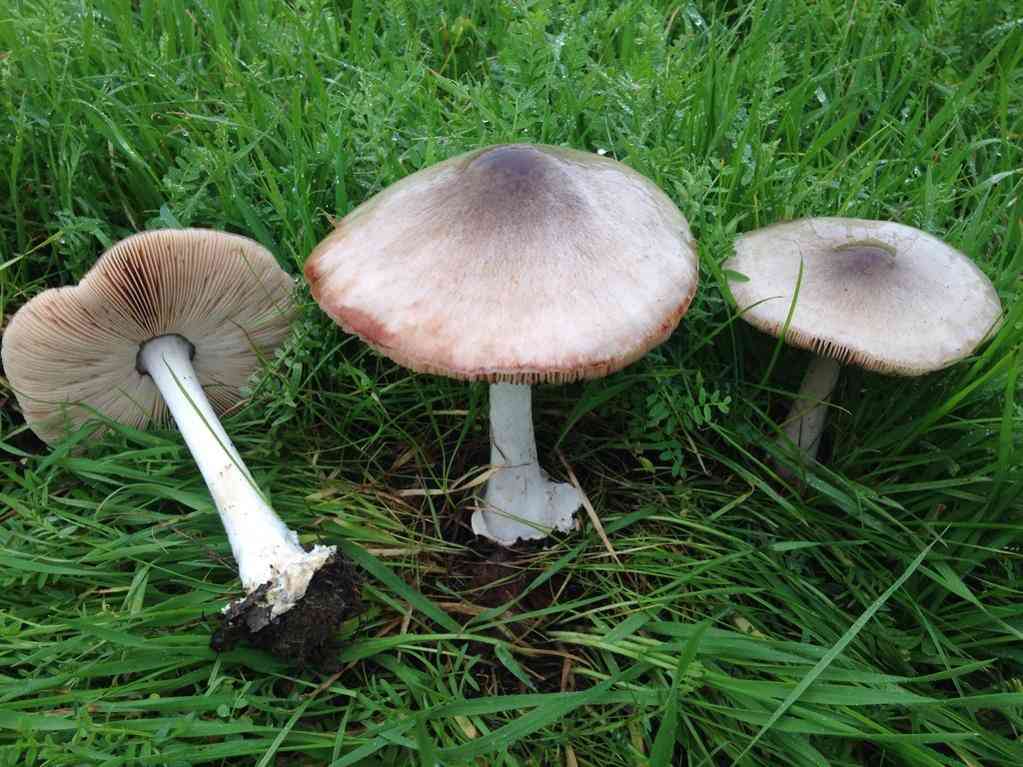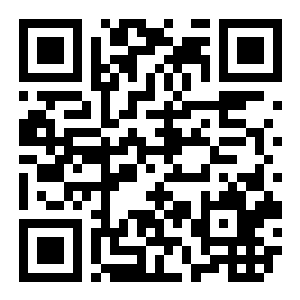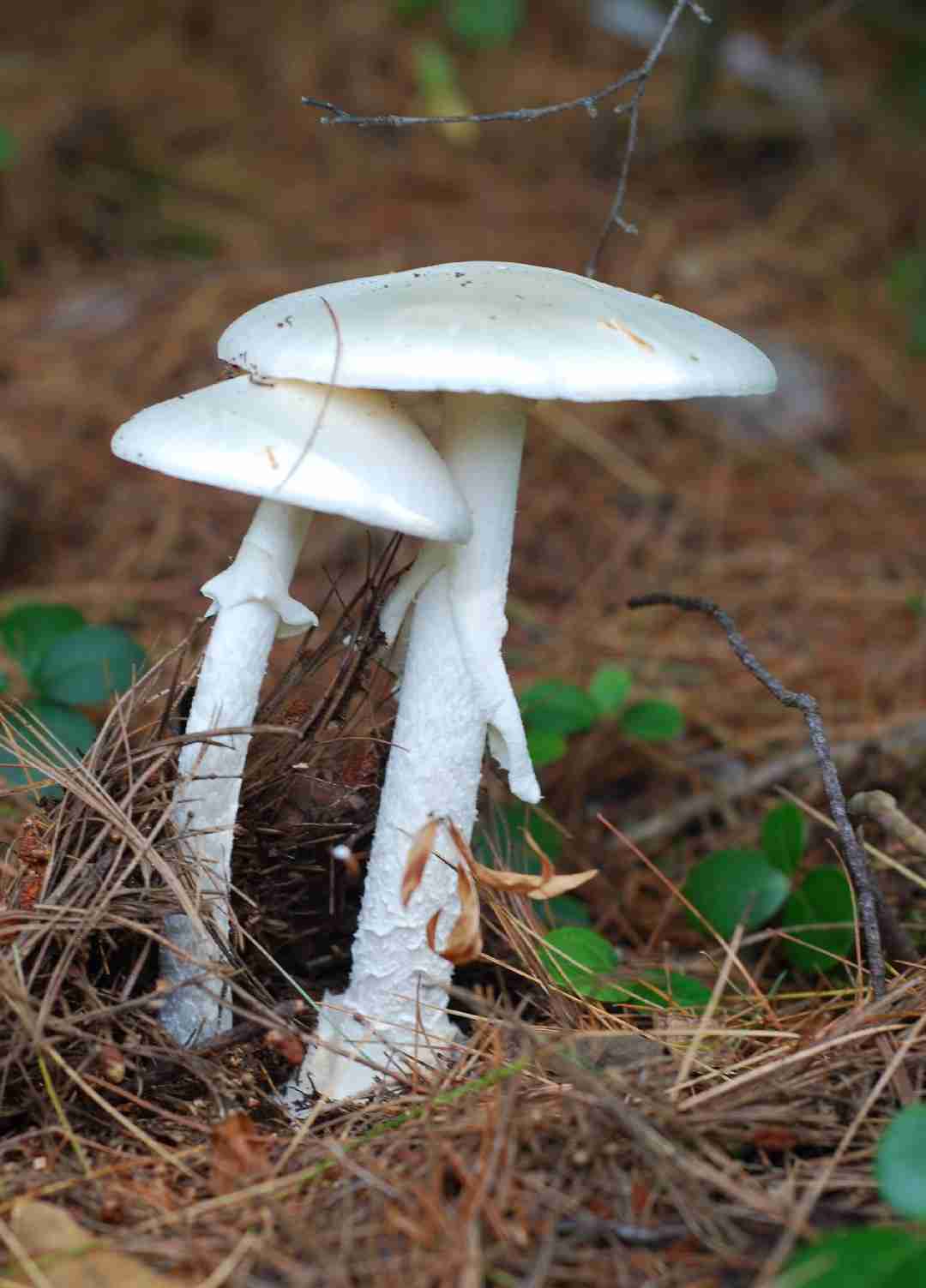
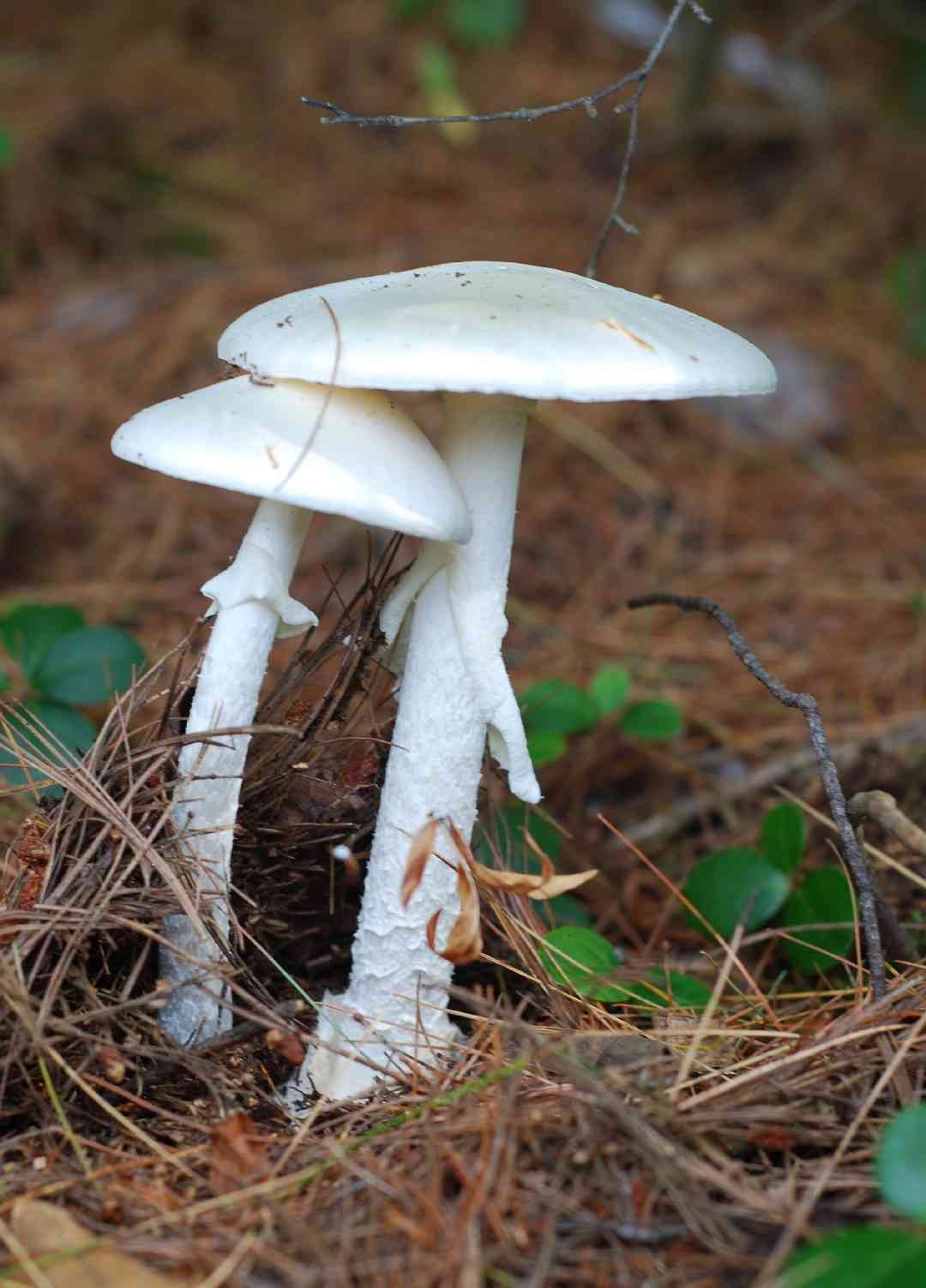
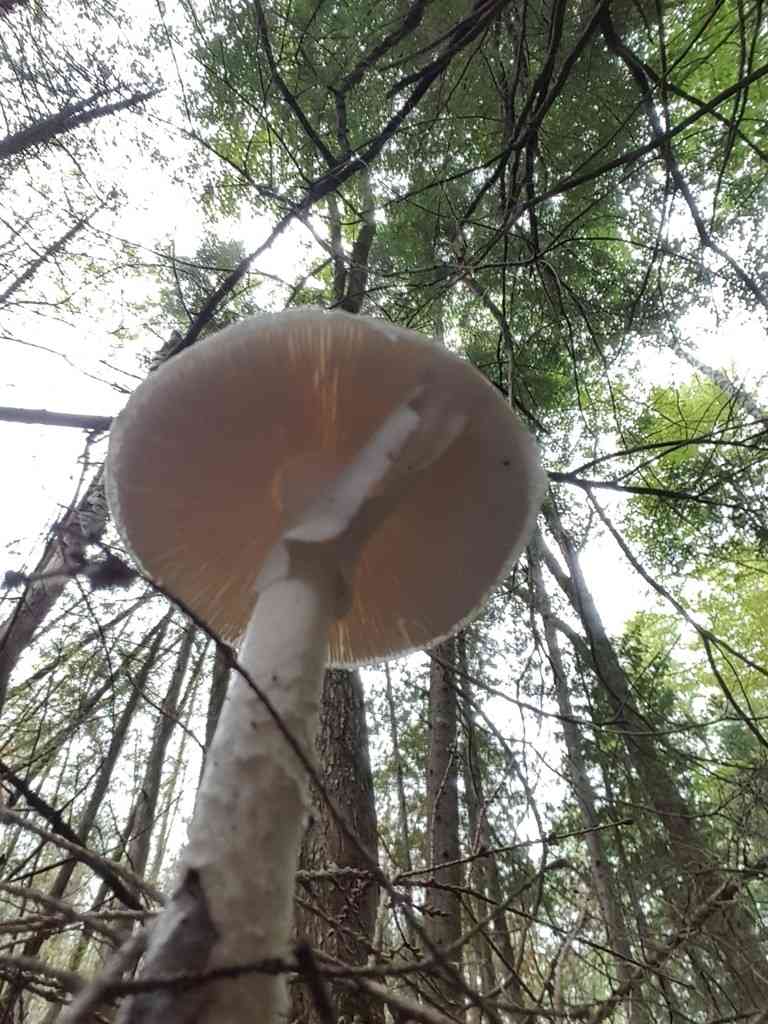
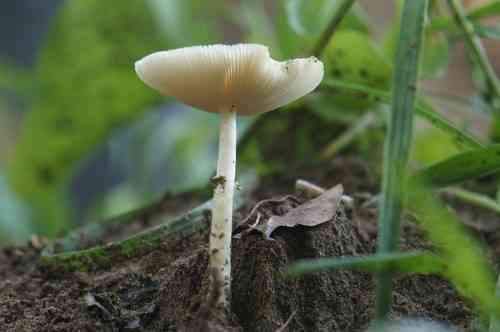
Destroying angel
Amanita bisporigera
A species of Amanita mushrooms. Also known as Eastern north american destroying angel.
True to its name, the destroying angel is a stunning yet lethally toxic mushroom, widely recognized for its potent poison. Even a minuscule, pea-sized ingestion is enough to induce kidney failure, liver failure, and ultimately, death. This species accounts for a significant portion of mushroom-related fatalities. Its deceptive appearance often leads to it being confused with several popular edible varieties, such as button mushrooms, by those unfamiliar with its distinct characteristics.
Attributes of Destroying angel
Scientific Classification of Destroying angel
Toxicity and Edibility of Destroying angel
Is Destroying angel Toxic?
The highly toxic Destroying Angel mushroom, frequently encountered in mixed woodlands from summer through early autumn, poses a significant health risk upon human ingestion. Initial symptoms typically involve abdominal cramps, nausea, and dizziness. However, as the poisoning progresses, more severe health issues such as liver damage and heart failure can manifest. This fungus is recognizable by its white cap and stalk, in addition to a volva present at its base.
